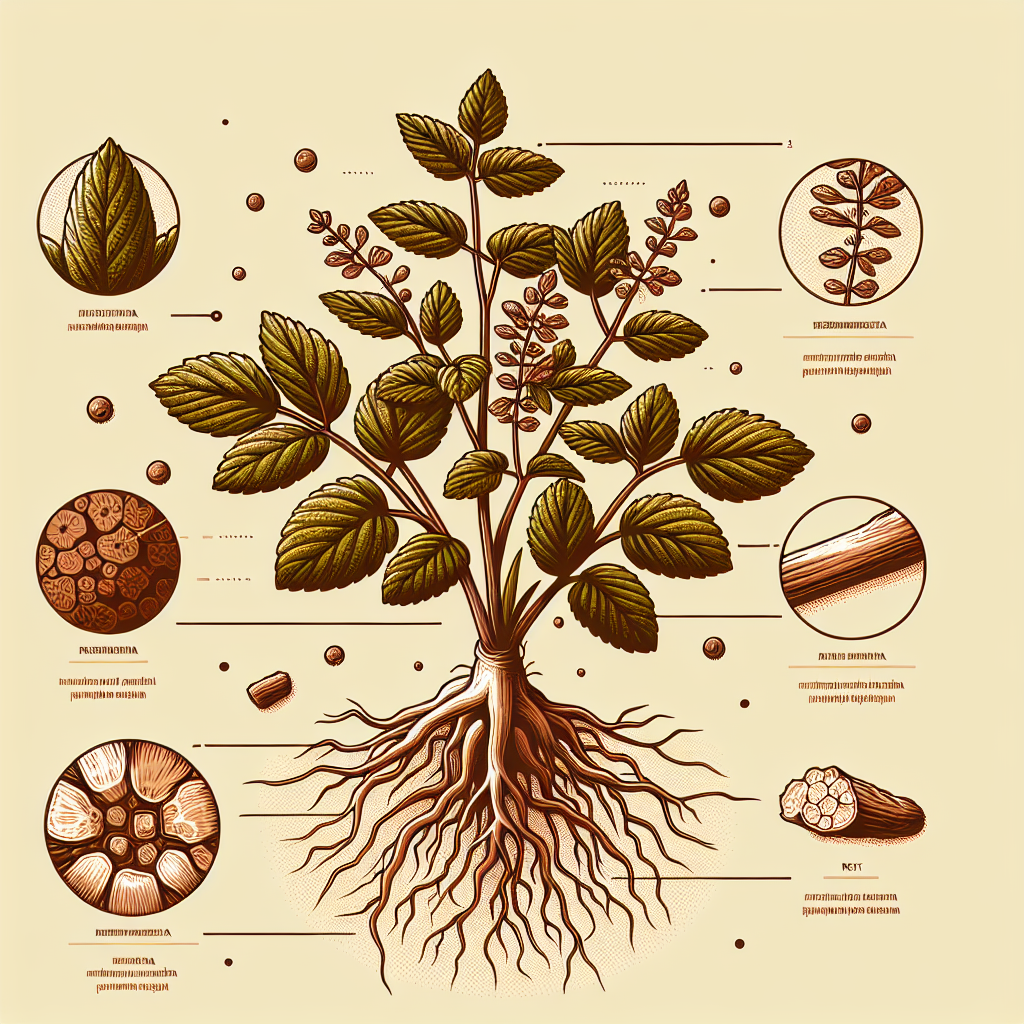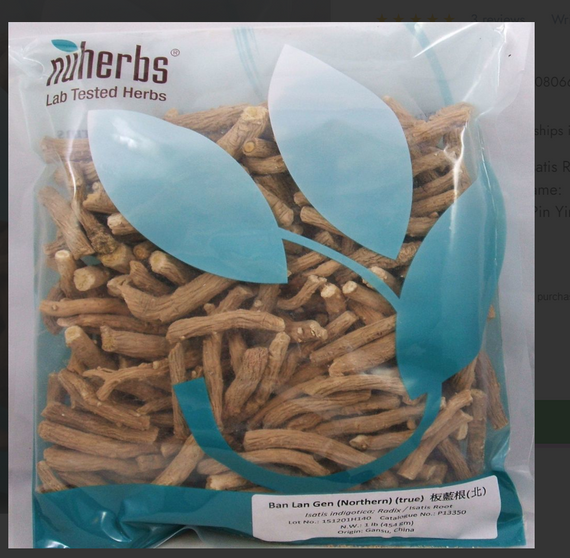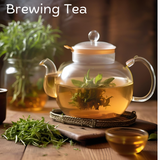Final Reflection: The Wisdom of a Quiet Healer
Achyranthes aspera root reminds us that the most powerful herbs rarely shout for attention.
They don’t need flashy names or trends to prove their worth — they simply do their work, quietly and consistently, in harmony with the body’s natural rhythms.
This humble root is steady, grounding, and profoundly restorative. It helps the body find its own flow again — supporting healthy circulation, easing stagnation, and gently clearing what no longer serves. Where modern life creates stress, stiffness, or heaviness, Achyranthes helps to bring movement, warmth, and balance back into place.
When you brew this herb, you’re not just making tea — you’re participating in a centuries-old ritual of renewal.
Let the earthy aroma rise like a grounding breath, the warmth fill your hands, and each sip remind you that healing doesn’t always have to be fast or loud — sometimes, it’s simply a matter of stillness, patience, and presence.
So, brew it slow, sip it warm, and let its ancient strength move through you — one mindful cup at a time.
The wisdom of Achyranthes lies not just in what it gives, but in how it teaches us to receive.

 Achyranthes At A Glance: What This Herb Supports
Achyranthes At A Glance: What This Herb Supports How to Use Achyranthes Root
How to Use Achyranthes Root








